The Monaco Grand Prix Circuit is easily one of the most famous race tracks in the world. For 95 years, cars at the peak of their day have raced here on the streets of the Principality yet the allure of this iconic circuit has never faded.
With just over a month to go until this legendary event returns to the Principality, the grandstands are up and the roads have been resurfaced. It’s the perfect time to get out and explore one of racing’s most mythical routes.
Turn 1: Sainte Dévote
Named after the Église de Sainte-Dévote that sits just to the left of the first turn of the circuit, this corner looks very different outside of race days. It is part of a major thoroughfare between Port Hercule and the Monte-Carlo neighbourhood which sits at the crest of the hill.
Turn 2: Beau Rivage
The winding Avenue d’Ostende has three lanes, but it certainly doesn’t feel that way on race day. Only the bravest attempt an overtake on their way up to Casino Square. Due to the sheer width of the new single-seaters, going two abreast is a risk that many decide not to take.
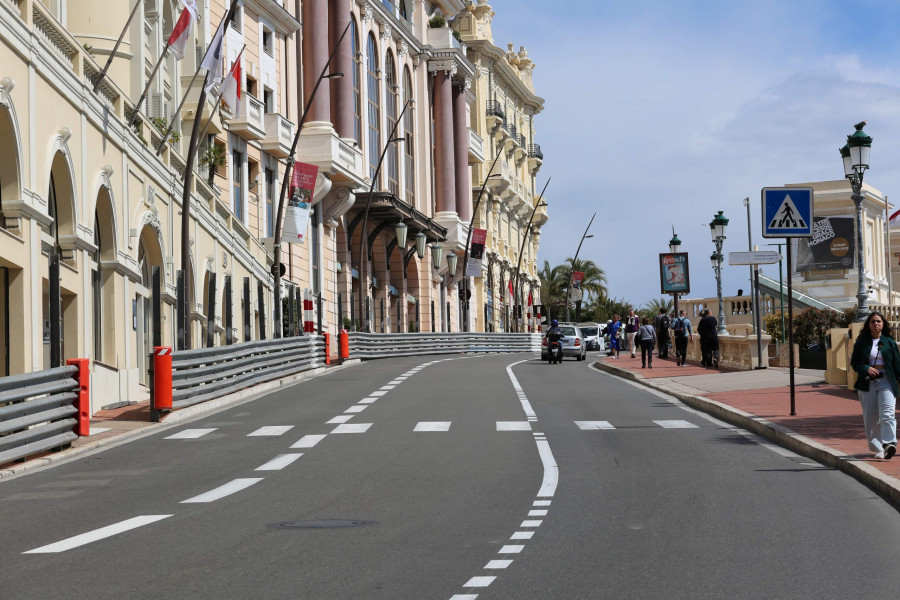
On the coverage of the race, the gradient of one of the most recognisable avenues in the world isn’t fully appreciated, but that steepness isn’t lost on pedestrians, who are faced with a real climb up to the Carré d’Or.
Turns 3 & 4: Massenet and Casino
Outside of race days, the track narrows as it reaches the top of the hill and Massenet, the official name for Turn 3.
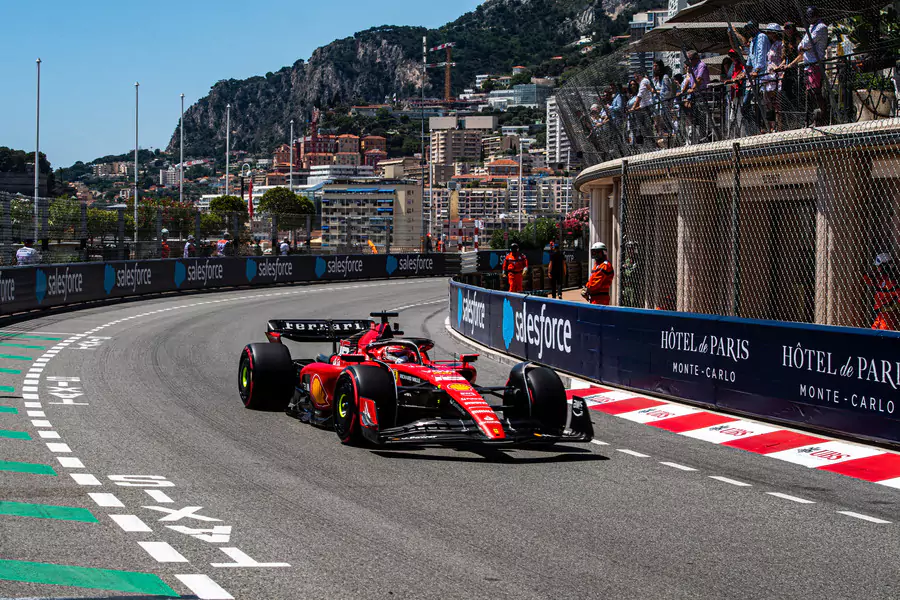

The road that runs through Casino Square isn’t actually used for the Formula 1 races. Instead, the cars and their drivers make their way through a small stretch of tarmac that is usually reserved for visitors staying at the Hôtel de Paris.
Turns 5, 6 & 7: Mirabeau Haute, Fairmont Hairpin and Mirabeau Bas
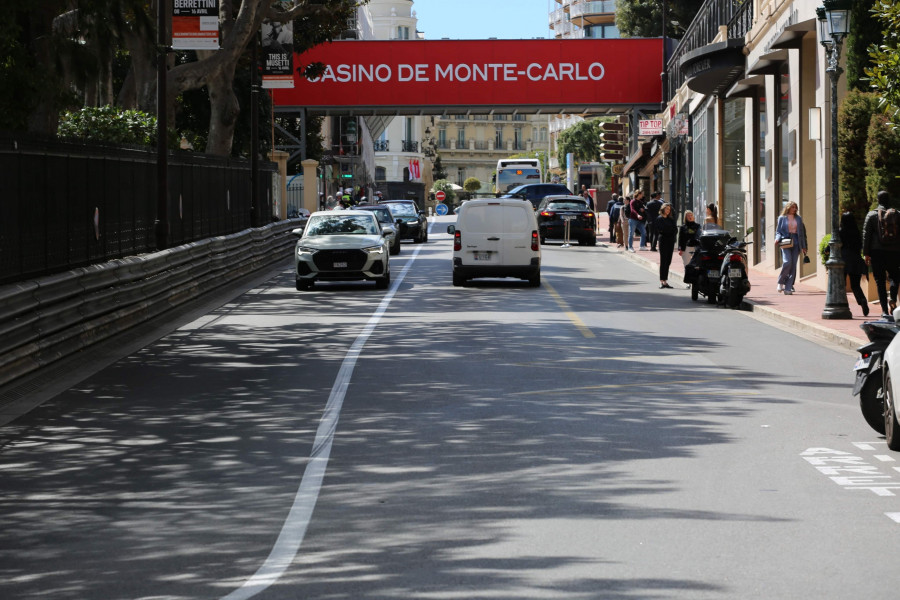
Heading down from the Casino, there is little space for pedestrians, but plenty of space for cars to overtake.
On a track notorious for its lack of possible overtaking places, Mirabeau Haute offers one of the only clear opportunities to do so.
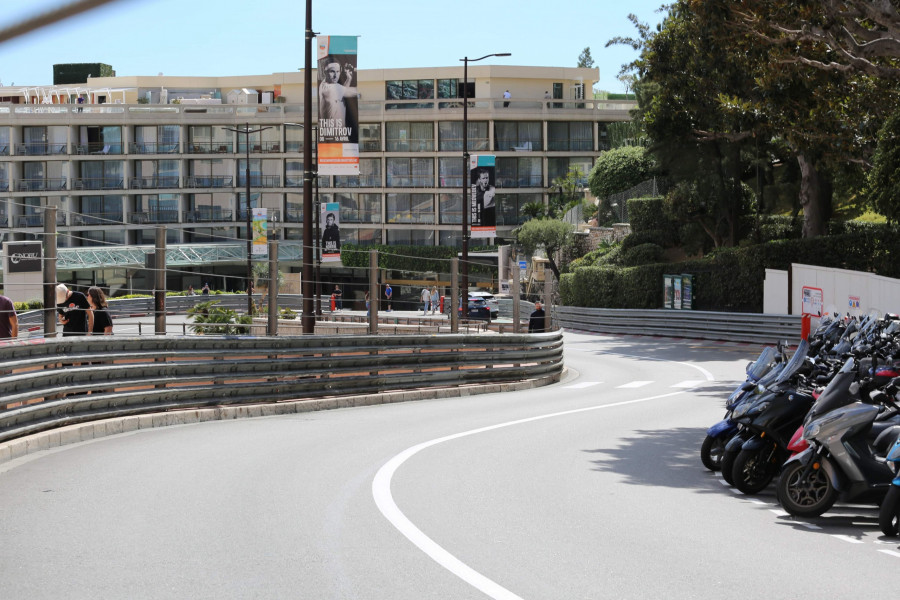
The Fairmont hairpin, the most iconic corner in motor racing – and the slowest – remains the same year-round, with cars heading up towards the Casino hugging the red and white apex, which unlike at some other corners, is never removed.
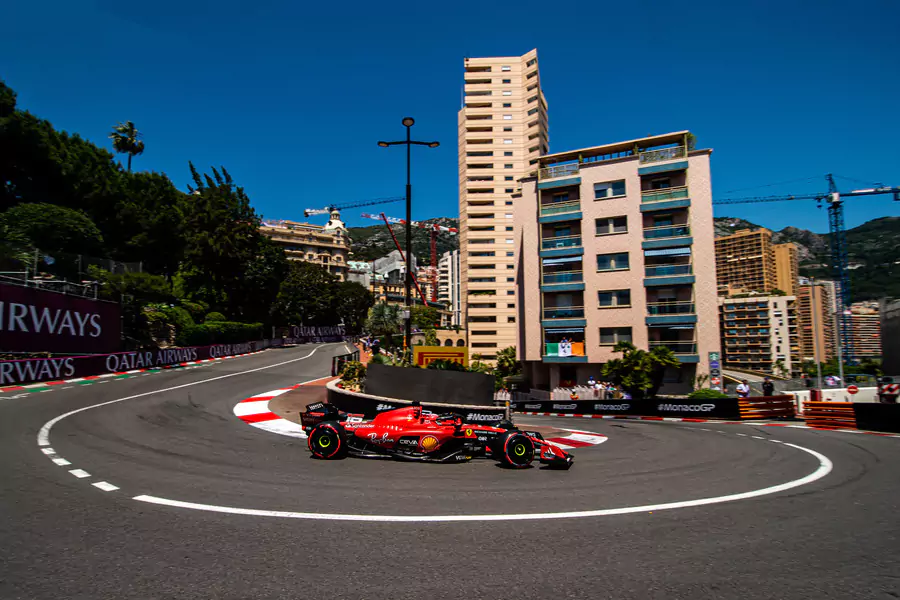
Turns 8 & 9: Portier and Tunnel
It is all change around this area of the track. Coming out of Mirabeau Bas, the single-seaters used to get a glimpse of the Mediterranean before taking the Portier turn towards the tunnel, but no longer. With the Mareterra land reclamation project nearing completion, this section of the track is entirely different to that of years gone by.
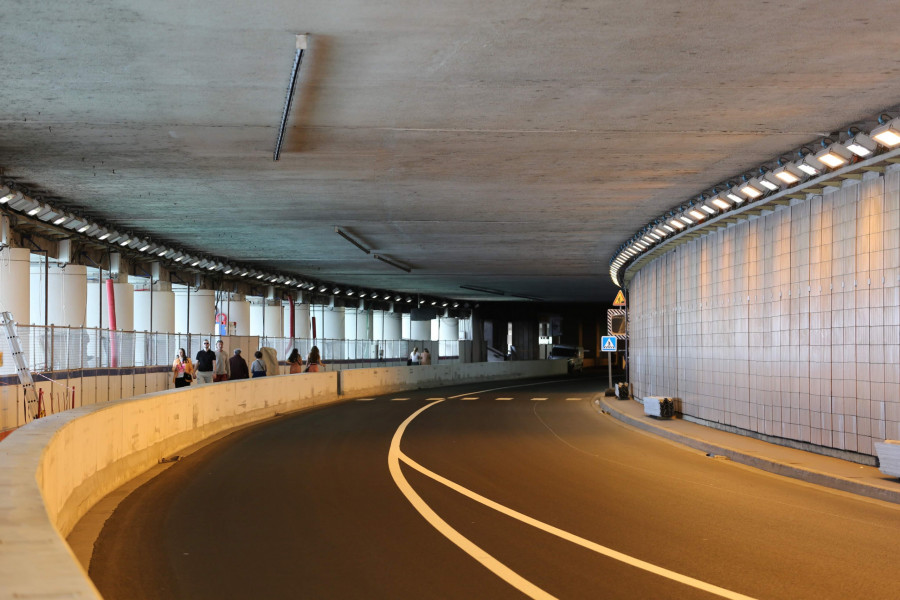
Along with the Fairmont hairpin, the tunnel is arguably one of the most well-known parts of the track. The drivers are plunged into darkness as they pass through before re-emerging back into the light as they stream past the Yacht Club de Monaco.

Turns 10, 11 & 12: Nouvelle Chicane and Tabac
Rather than continuing down Boulevard Louis II and back towards Sainte-Dévote, the drivers turn sharply left into a chicane, putting them within metres of the waters of Port Hercule. There is, however, a small run-off area for those who miss their breaking point as they come out of the tunnel.
As the route transitions into the Quai des Etats-Unis and then to the Tabac corner, the thousands of fans in the grandstands get one of the best views of the racing.
Turns 13, 14, 15 & 16: Louis Chiron, Piscine and Rascasse
Once in the port, the atmosphere becomes something of an amphitheater or a stadium.
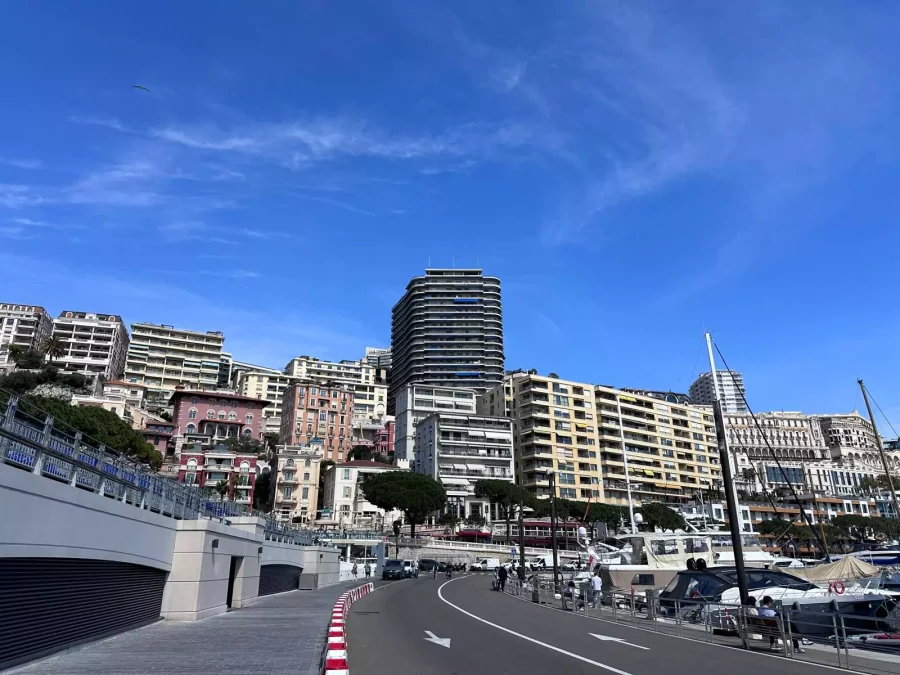
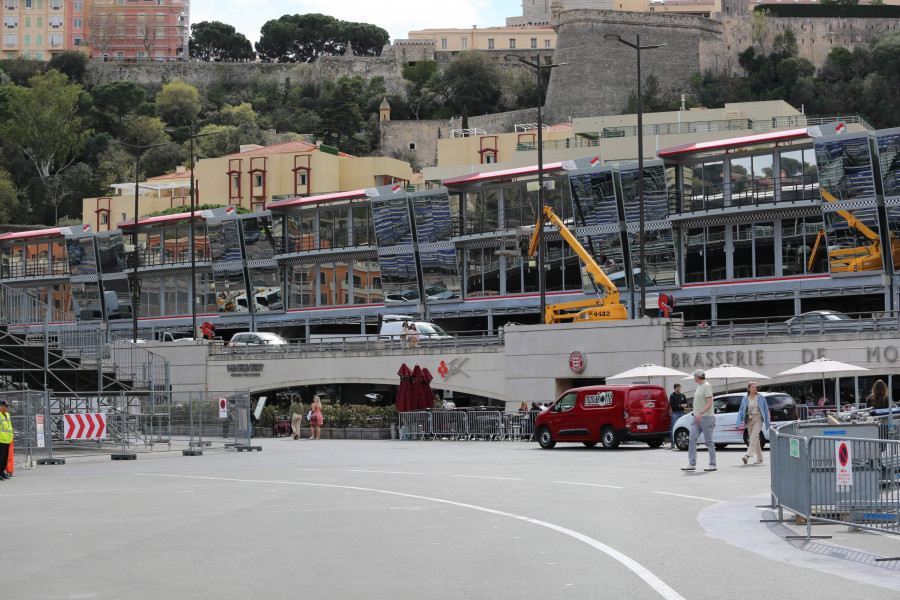
As the cars reach the end of the port sector, they reach Rascasse, named after the bar La Rascasse, from which a lucky few can view the race.
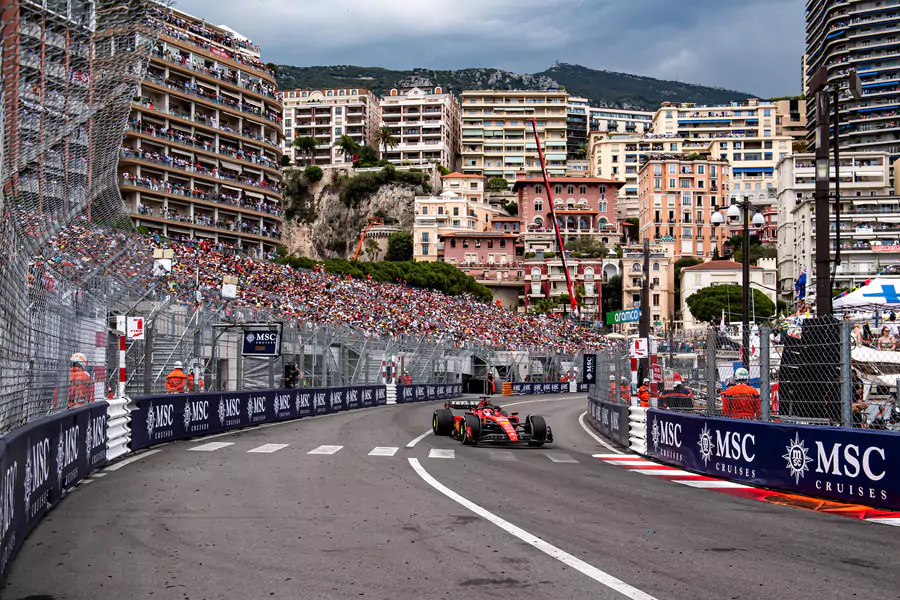
Turns 17 & 18: Antony Noghès
Rather than continuing up the hill, towards La Condamine and the Place d’Armes, where the fanzone is often located, the cars make a swift right-hand turn onto Boulevard Albert Premier via the Antony Noghès turn, which is named for the founder of this emblematic race.
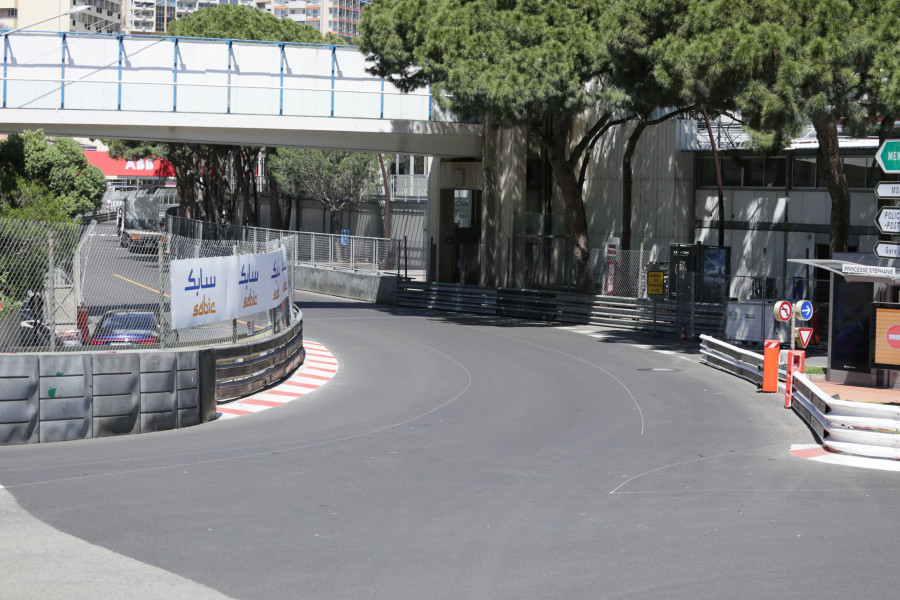

Then the drivers are onto the final straight and speed along the Boulevard Albert Ier to either recommence the circuit or pass under the chequered flag.
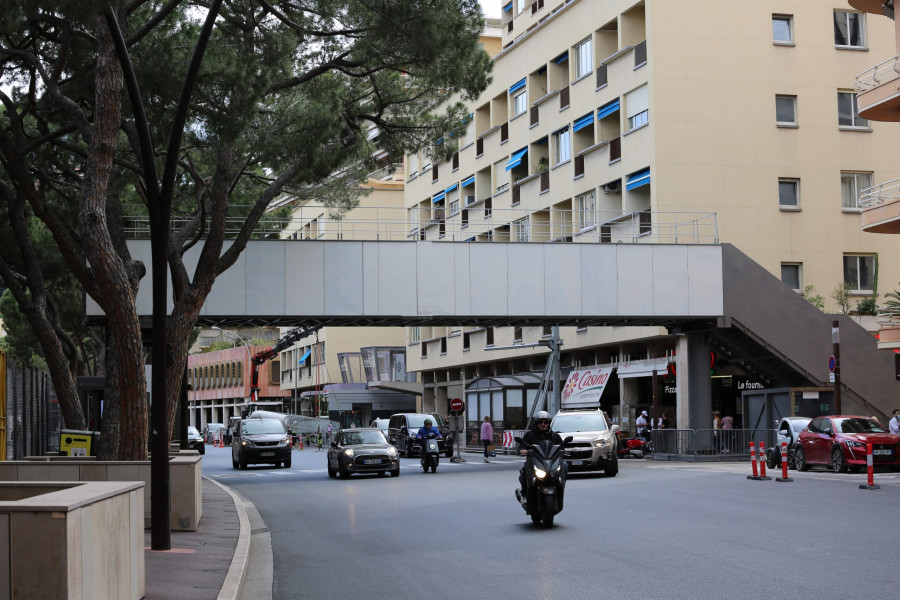
View this post on Instagram
Join the Monaco Life community – sign up for the Monaco Life newsletter, and follow us on Threads, Facebook, Instagram, LinkedIn and Tik Tok.
Feature photo credit: Scuderia Ferrari Media Centre
*Adapted from an article originally published on 4th May 2023: Formula One: Walking the Monaco Grand Prix Circuit
